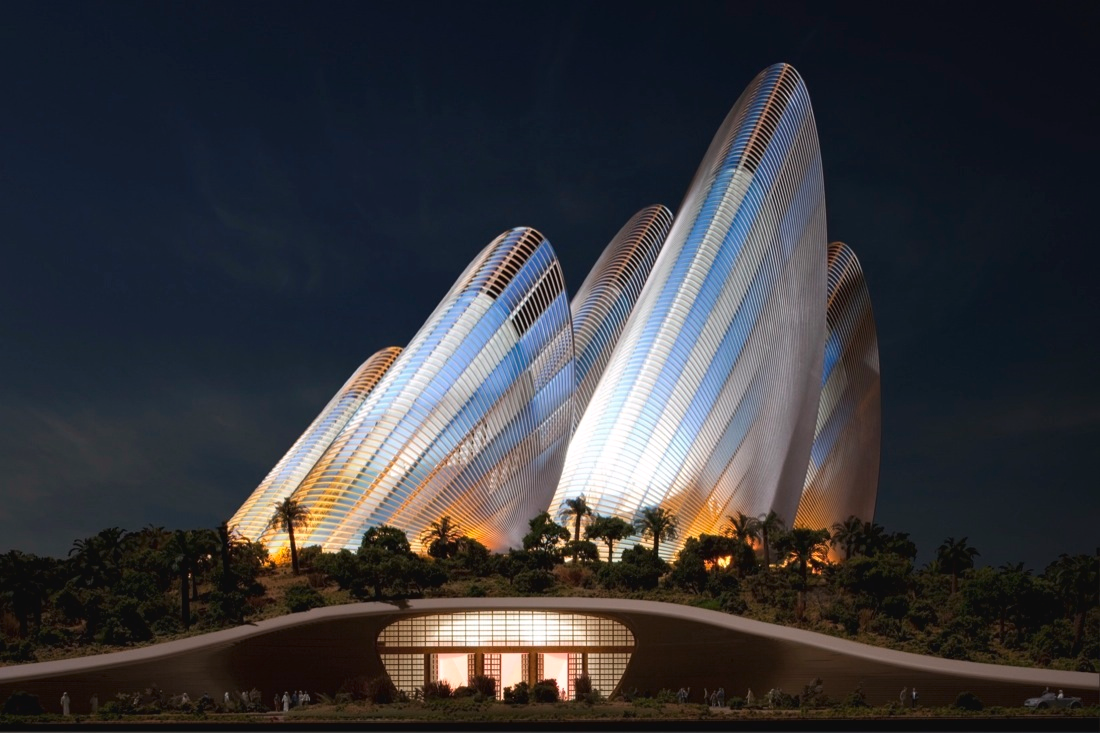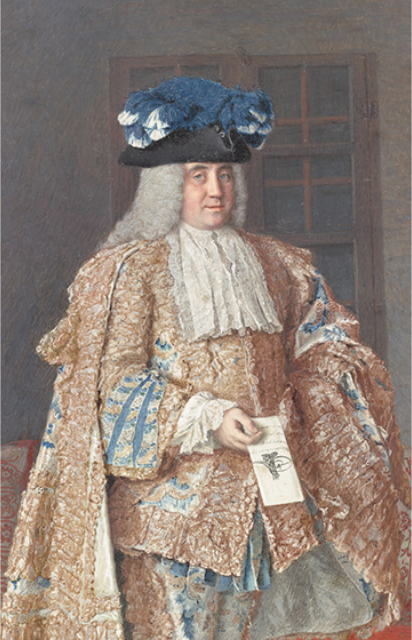Abu Dhabi, the capital of the United Arab Emirates, is a diverse and multicultural city. It has a rich cultural history, welcoming people from all cultures and nations. This has created a uniquely diverse cityscape that draws tourists to experience the diversity and variety in cuisine, architecture, and art. The city’s attractions include museums, historical mosques and a 19th -century fort, among more modern places of entertainment: restaurants, beaches, marinas.
The city’s highly varied attractions draw tourists with all kinds of preferences, from those looking to engage in aquatic sports to those who seek to explore the caliphate’s historical heritage. Those seeking to appreciate fine arts will find museums to visit, as well. The Louvre Abu Dhabi features a collection of sculptures, paintings, and other historical works of art (Highlights of the collection, no date). These works come from a variety of traditions, historical periods, and cultures, reflecting the city’s diversity.

In its efforts to promote the arts in the caliphate, the Abu Dhabi Department of Culture and Tourism is hosting a variety of arts-related events. These events are available to both the city’s residents and visitors. Furthermore, encouraging cultural exchange, especially where it concerns artistic expression, is one of the primary objectives of the city’s development (Strategy, no date). This concerns both historical works of art and modern creations, with the city’s museums aiming to include a wide range of diverse artistic and cultural objects.
Currently, Abu Dhabi’s museums house a variety of historical works of art from around the world: Venetian paintings, Chinese and Indian sculptures, and items from Jordan, among others. For those who appreciate art, these diversity and variety of exhibits create an irresistible draw to the city.

Abu Dhabi is a rapidly developing cultural and historical tourist destination. The caliphate’s Department of Culture and Tourism has been engaged in organizing new destinations, which include museums and cultural events. These initiatives also include modernizing the city to be more welcoming and accessible for tourists from around the world (Strategy, no date). Through these efforts, tourism has grown be a significant sector in the United Arab Emirates’ economy, responsible for over 5% of the nation’s GDP (Travel and tourism, 2021).
Abu Dhabi is promoted as the UAE’s primary tourist destination, receiving a majority of national spending intended to develop this sector. As such, in the foreseeable future, the caliphate will likely see further improvements in this area, becoming an ever more attractive city for tourists, both local and international. Thus, museums opening in the city will be able to share in this increased interest, benefiting from the visitors the location attracts.
For the Prado Museum, Abu Dhabi presents a unique opportunity. The city’s rich tourist landscape creates an environment where museums can benefit from one another’s presence and collaborate to create a unique tourism scene. Furthermore, the city’s development plans guarantee government support of any museum-related initiatives. Moreover, as inter-cultural interaction is a focus of the Department of Culture and Tourism, opening a branch of the Prado Museum, one of the most prestigious museums in Europe, here will be mutually beneficial. Such a development will be seen as a gesture of good will and serve as an illustration of the improving relationship between the European and Arab cultures.
The Prado Museum, being among the first to recognize the growing potential of Abu Dhabi as a destination of cultural and historical tourism, will be seen as an innovator, improving its reputation. For these reasons, the partnership between the museum and the city can be mutually benefcial.

Reference List
Count Cofriz Anton Ulfeldt in an Ottoman Interior, Jean-Etienne Liotard (c. 1740-1741). Web.
Highlights of the collection (no date). Web.
Strategy(no date). Web.
Travel and tourism (2021). Web.
Zayed National Museum. 2010. Web.